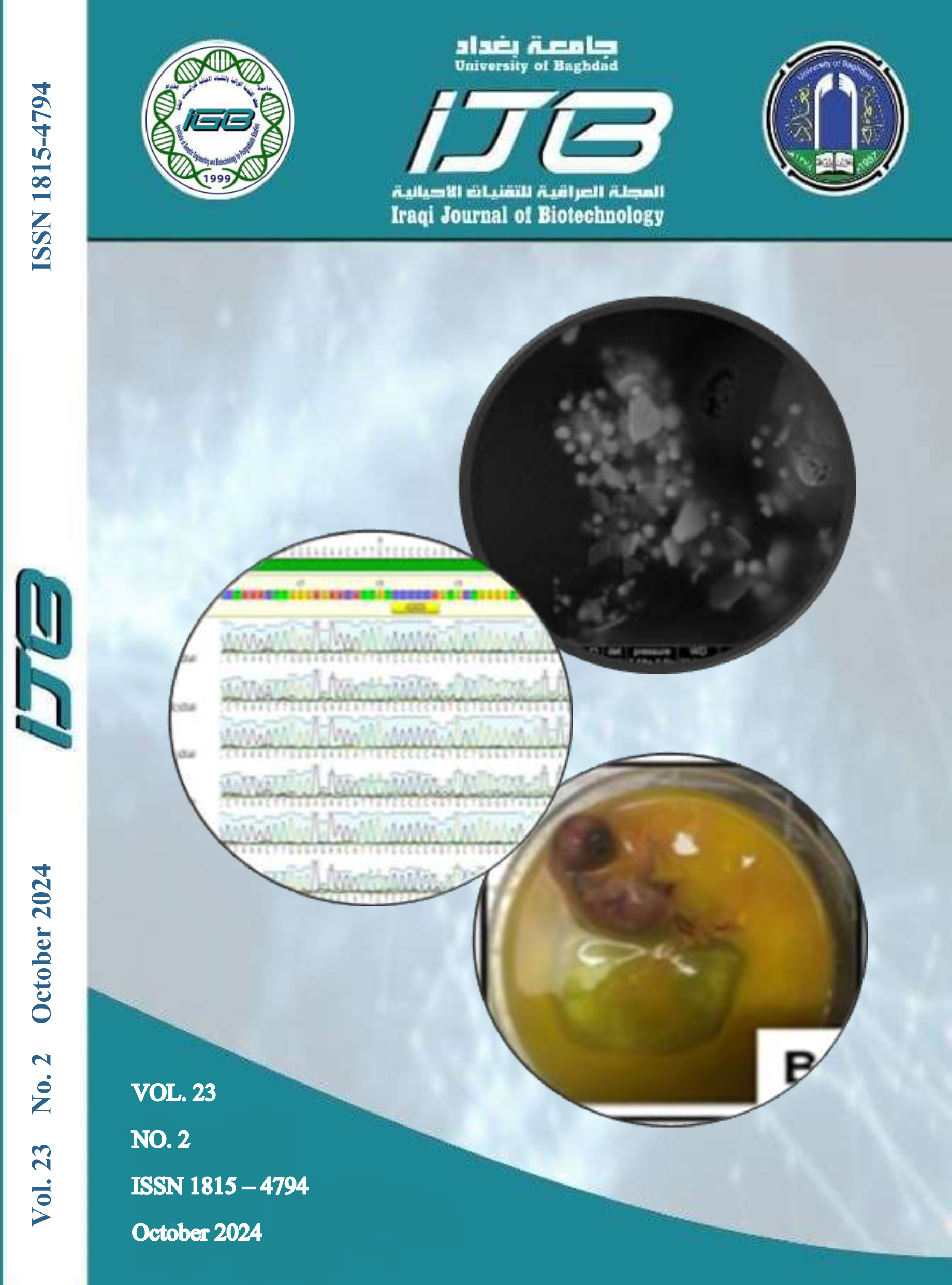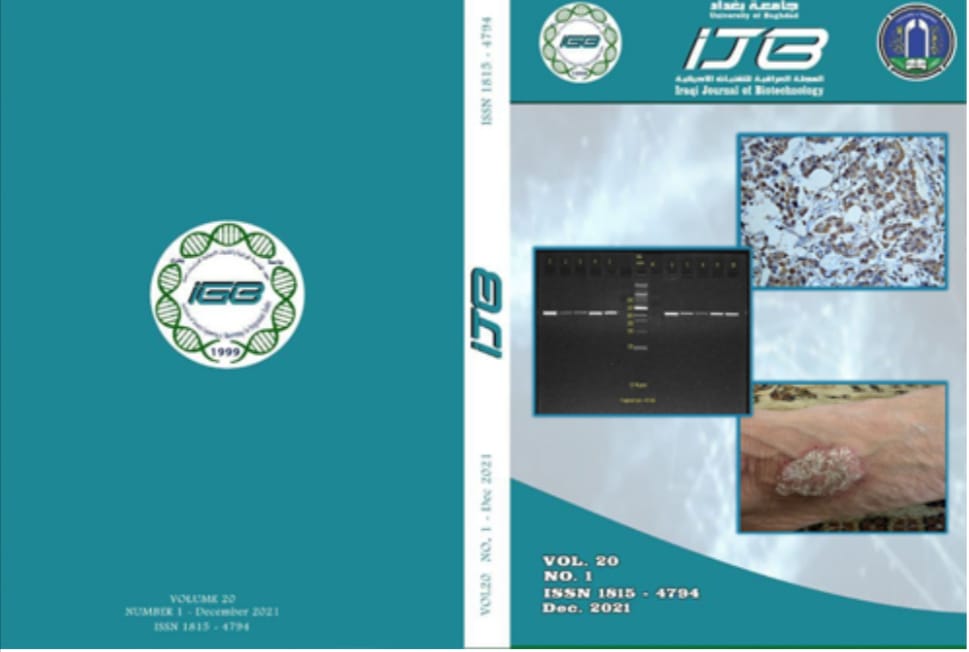Impact of Polyethylene Glycol 6000 and Sodium Chloride Stresses Combined and Single on Morpho-Physiological Traits and Expression of CAT Gene in Wheat (Triticum aestivum L)
Abstract
In some arid and semiarid places like Iraq, wheat growing may experience challenges with both drought and soil salinity. The goal of the present study was aimed to evaluate how drought and salt stress alone and combined affects growth and physiological characteristics and fresh weights of wheat plants to identify their response mechanisms. Two wheat genotypes (Latifya and Iba99) were treated with drought stress of-0.6Mpa (induced by PEG6000 solutions) ), Salt stress of -0.6Mpa (induced by NaCl solutions) and combined stress (0, -0.5, -1.0, -1.5, -2.0Mpa). Results revealed there was a marked variation in studied traits in these two genotypes under single and combined (D+S) stress. Stress treatment significantly decrease fresh weights of shoot, root and whole plant, leaf water content (LWC), relative water content(RWC),, chlorophyll (a), chlorophyll (b) , total chlorophyll, and Carotenoids ,but it increase water saturation deficit (WSD).electrolyte leakage(EL) , expression of CAT gene leaf content of Na+ and Cl- . Interestingly, increased K+ at most stress treatments. Together, the findings showed that the combined effects of salt and drought stress could result in increased WSD, Na+ and Cl- buildup, and membrane degradation. It was concluded the Latifya genotype demonstrated excellent performance for all examined traits. It is clear that the Latifya genotype is more tolerant to stress than the Iba99 genotype.


